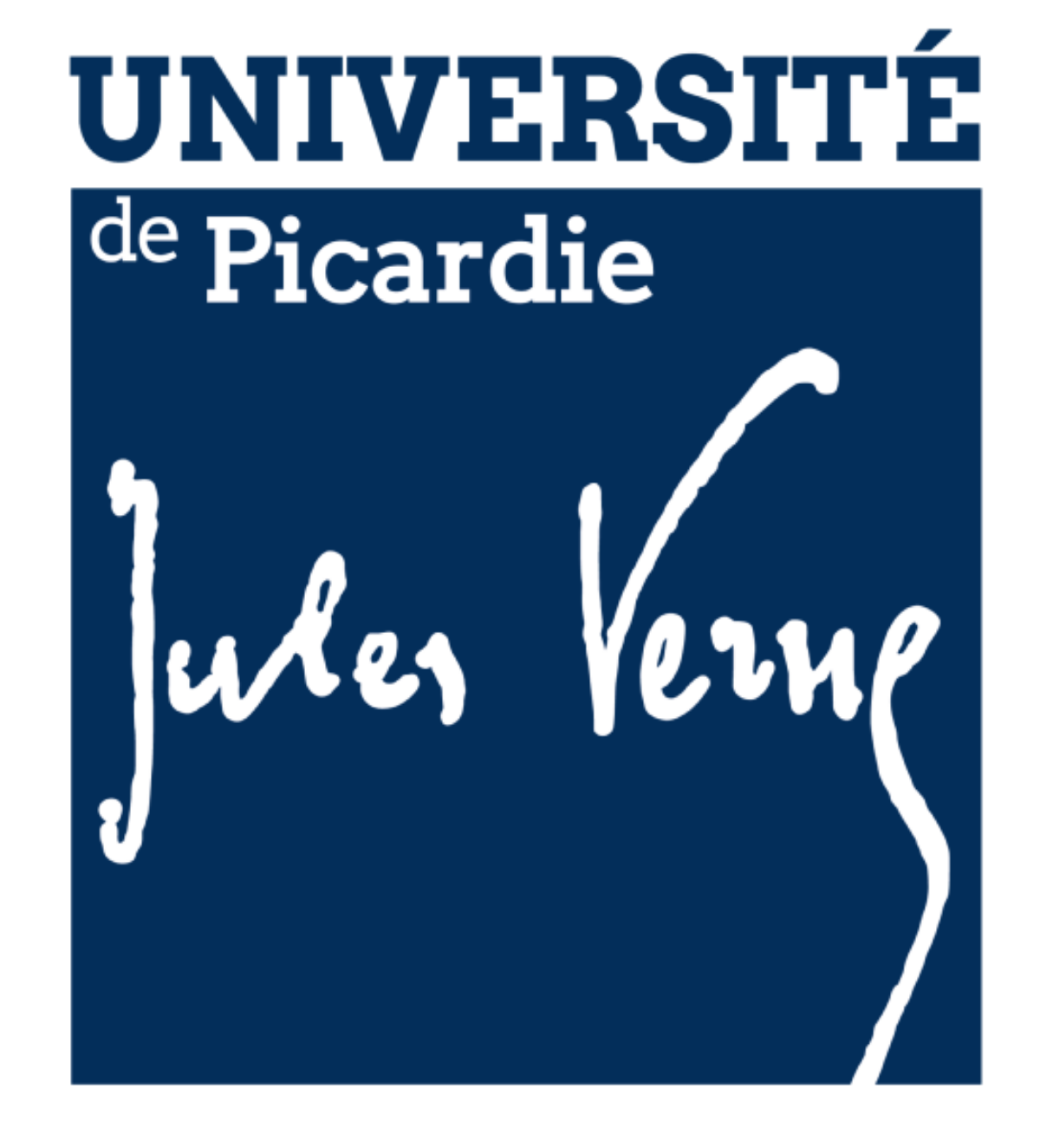Chemistry
What makes AI very attractive to Chemistry is that it allows scientists to reverse the classical trial-and-error approach. A digital twin, i.e., a virtual “mirror” of the real processes, can be built using computational modelling encompassing mechanistic simulations and AI. As such, AI gives the promise to revolutionize the discovery, the analysis and the optimization processes, consequently reducing R&D costs. For example, in the field of lithium ion batteries, we designed AI-empowered computational tools for rationalizing the formulation and manufacturing of battery electrodes while ensuring strong reliability. Such tools are supported on workflows, encompass multi-scale modelling, various ML techniques and high throughput experimentation.
Another example is in the field of bio-based chemistry. The optimized production of molecules of interest, from polysaccharides or lipid biomass, is based on structure/activity relationships analysis, short and efficient synthesis routes, and an evaluation of their final properties in the field of Health, Green Chemistry or catalysis. A third application is the synthesis of phase-change materials, for which scaling simulation requires ML.
All these approaches are based on traditional black box AI approaches that can only be implemented, used and deployed by experts, so that the predicted results are difficult to interpret. MAIA proposes a paradigm shift, consisting of the development, implementation and demonstration of XAI for the discovery, analysis and optimization of molecules and materials. The intended methods will be demonstrated on 3 use cases of timely relevance in industry:
- Boosting the synthesis and manufacturing methods of materials for energy storage applications (rechargeable batteries and hydrogen storage). Such methods are complex processes encompassing multiple steps and parameters, constituting a typical multidimensional problem. XAI will be useful to understand and validate predictions on materials textural, and physico-chemical and electro-chemical properties.
- Predicting the behavior of synthesized materials under operation. XAI will be used to figure out the spatio-temporal evolution of materials upon utilization (e.g., aging issues in lithium ion batteries) simulated by using mechanistic models.
- Synthesizing new bio-based compounds. Complexes carbohydrates or lipids are described as important biological molecules but their synthesis remains still limited because of the tedious trial-and-error labor of intermediate separation and protecting group manipulation. AI-driven methods will be used to predict and understand reaction and routes of bio-based compounds, improving the structure-activity relationships and the molecular screening.





